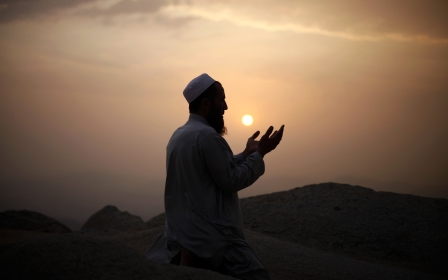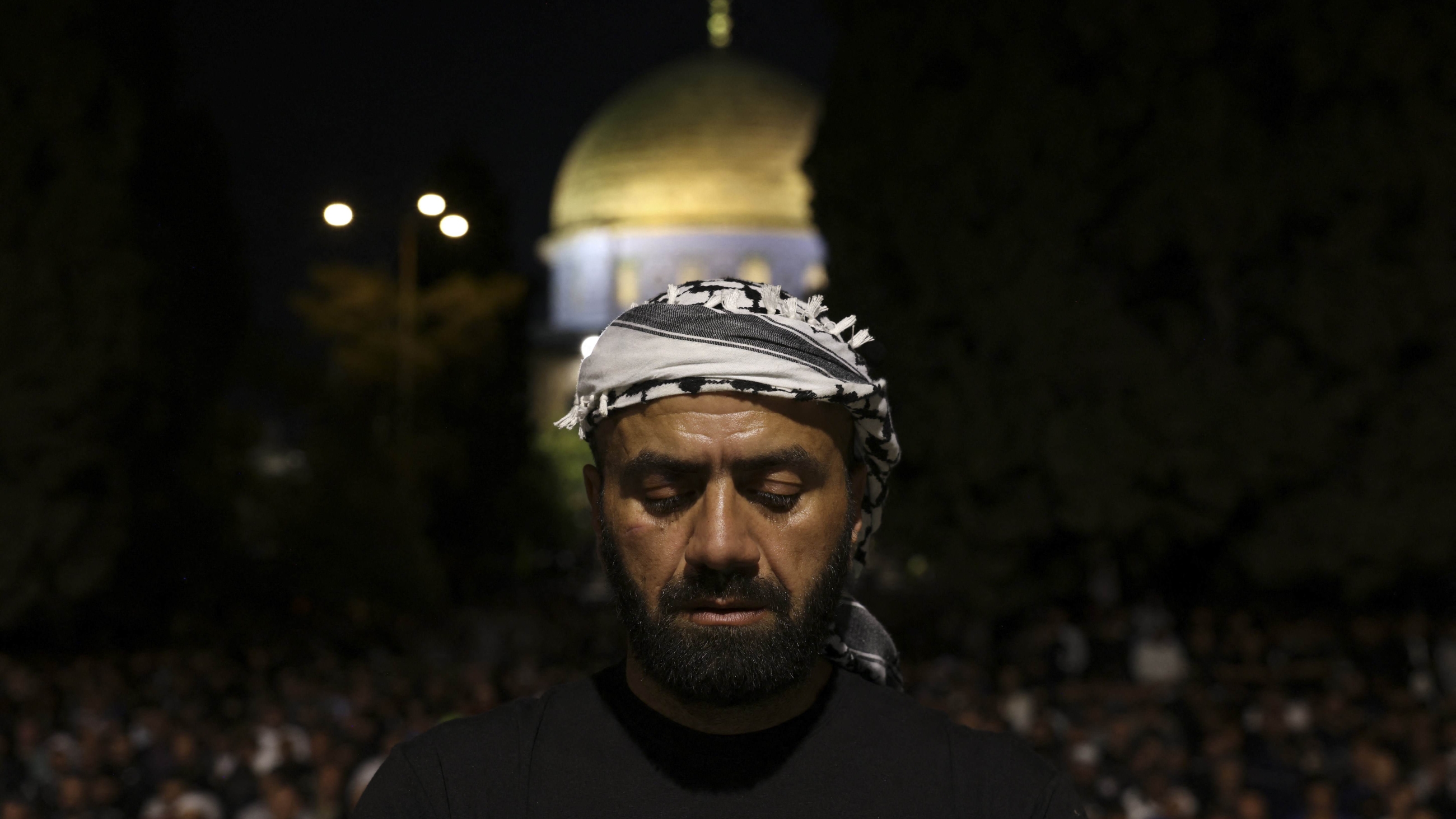
In pictures: Muslims mark Laylat al-Qadr, the holiest night in Islam

Muslims consider the last 10 days of Ramadan especially significant, as Islamic tradition holds that the first verses of the Quran were revealed to the Prophet Muhammad during that period. The exact date of the revelation is unknown but it is believed to fall on an odd-numbered night. Most Sunni Muslims mark the occasion, known as Laylat al-Qadr or "the night of power", on the 27th night of Ramadan by attending special prayers at mosques and staying up until dawn to worship. The pictures above show Palestinian Muslims praying at the Al-Aqsa mosque in Israeli-occupied East Jerusalem. (Lead image and above image: AFP/Hazem Bader)
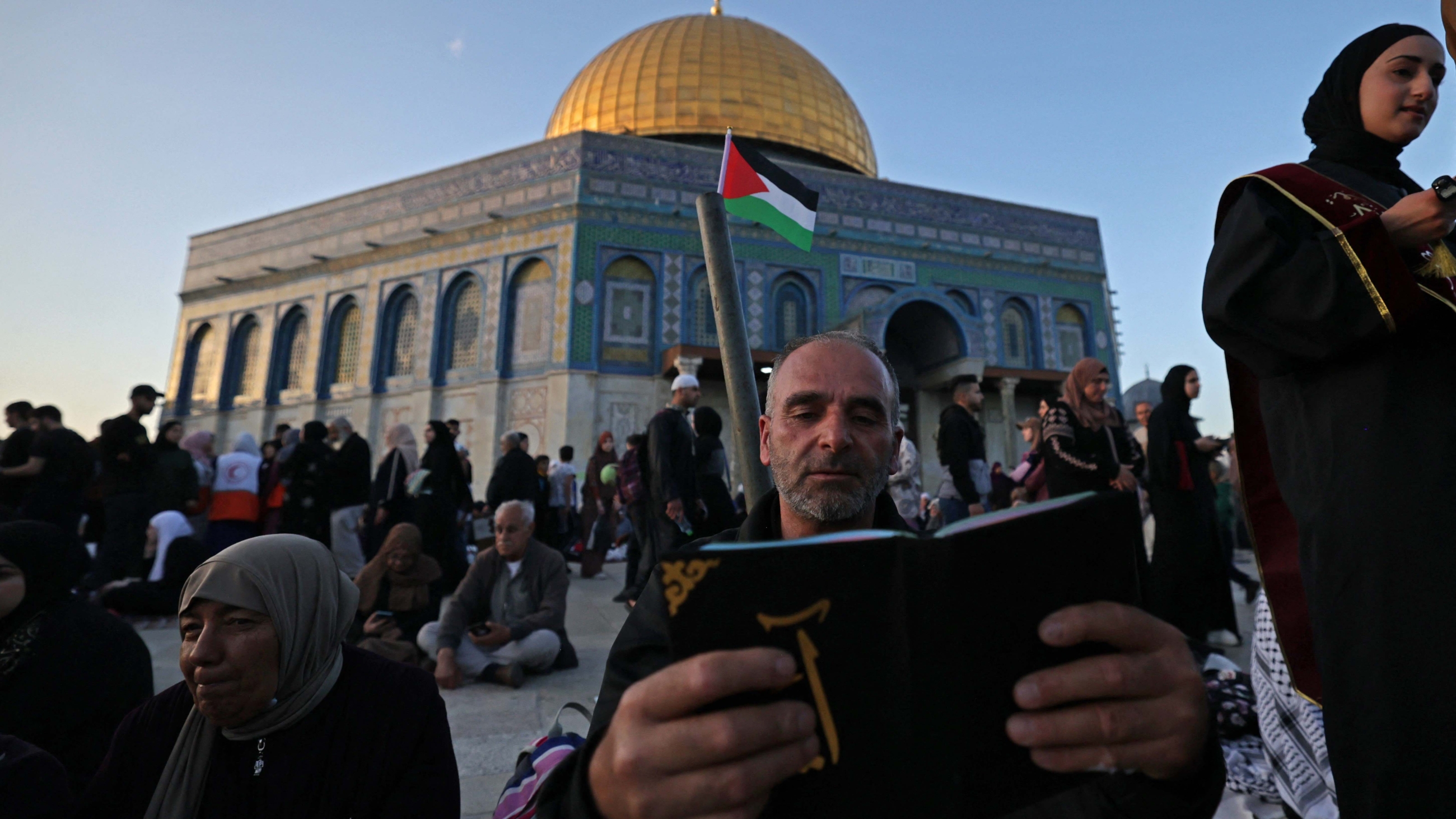
For the faithful, Laylat al-Qadr marks the start of a night of prayer and impassioned supplication. A chapter of the Quran named after the occasion, contains the verse, "The Night of Power is better than a thousand months". Muslims therefore believe that their deeds and actions on the night are amplified. Typically, believers will read entire chapters of the Quran or spend hours in meditation. (AFP/Hazem Bader)
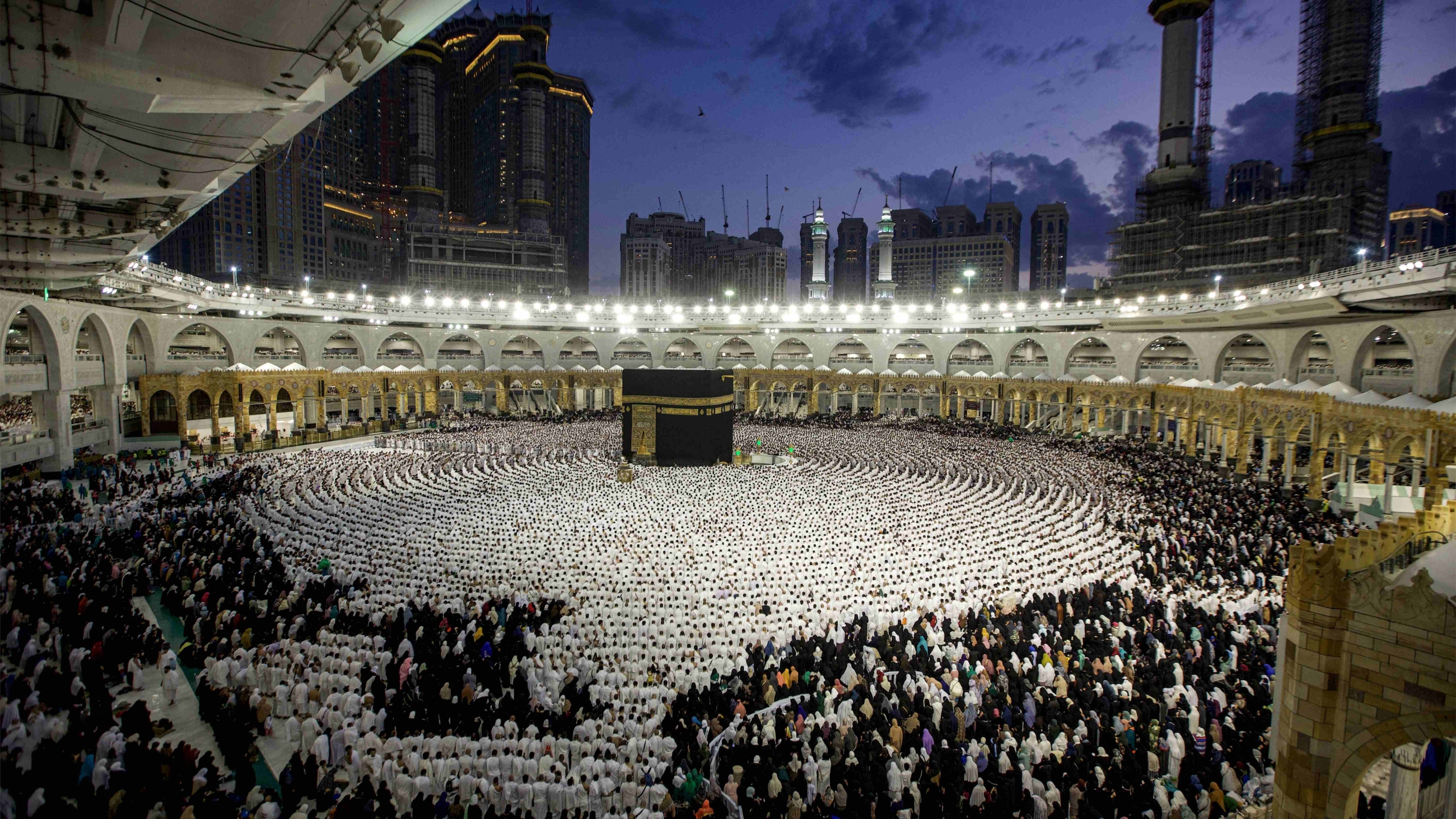
Muslims believe that the Prophet Muhammad's spiritual mission began on Laylat al-Qadr when he was aged 40. A merchant from Mecca, the Prophet Muhammad would meditate away from the bustle of the city's markets at a mountainous cave on its outskirts, named Hira. According to the most commonly accepted Islamic narrative, he is said to have been visited one night by the Archangel Gabriel who ordered him to "read" to which he responded that he "cannot read". The angel then hugs him tightly before ordering him again to read in God's name, thereafter revealing the first verses of the Quran. (AFP/Abdel Ghani Bashir)

A believer reads the Quran while performing an Umrah pilgrimage on Laylat al-Qadr, or the 27th night of Ramadan. Muslims believe that the Prophet Muhammad received further revelation spanning a prophetic career that lasted 23 years. The verses were transcribed by the prophet's companions and later collated into a book form. (AFP/Abdel Ghani Bashir)

Shia Muslims at the Grand Mosque of Kufa in Iraq mark Laylat al-Qadr on the 23rd night of Ramadan. While both major forms of Islam believe the exact date of the night is unknown, they traditionally emphasise two different nights with Shia believers focusing their prayers on the 23rd night. (AFP/Qassem al-Kaabi)
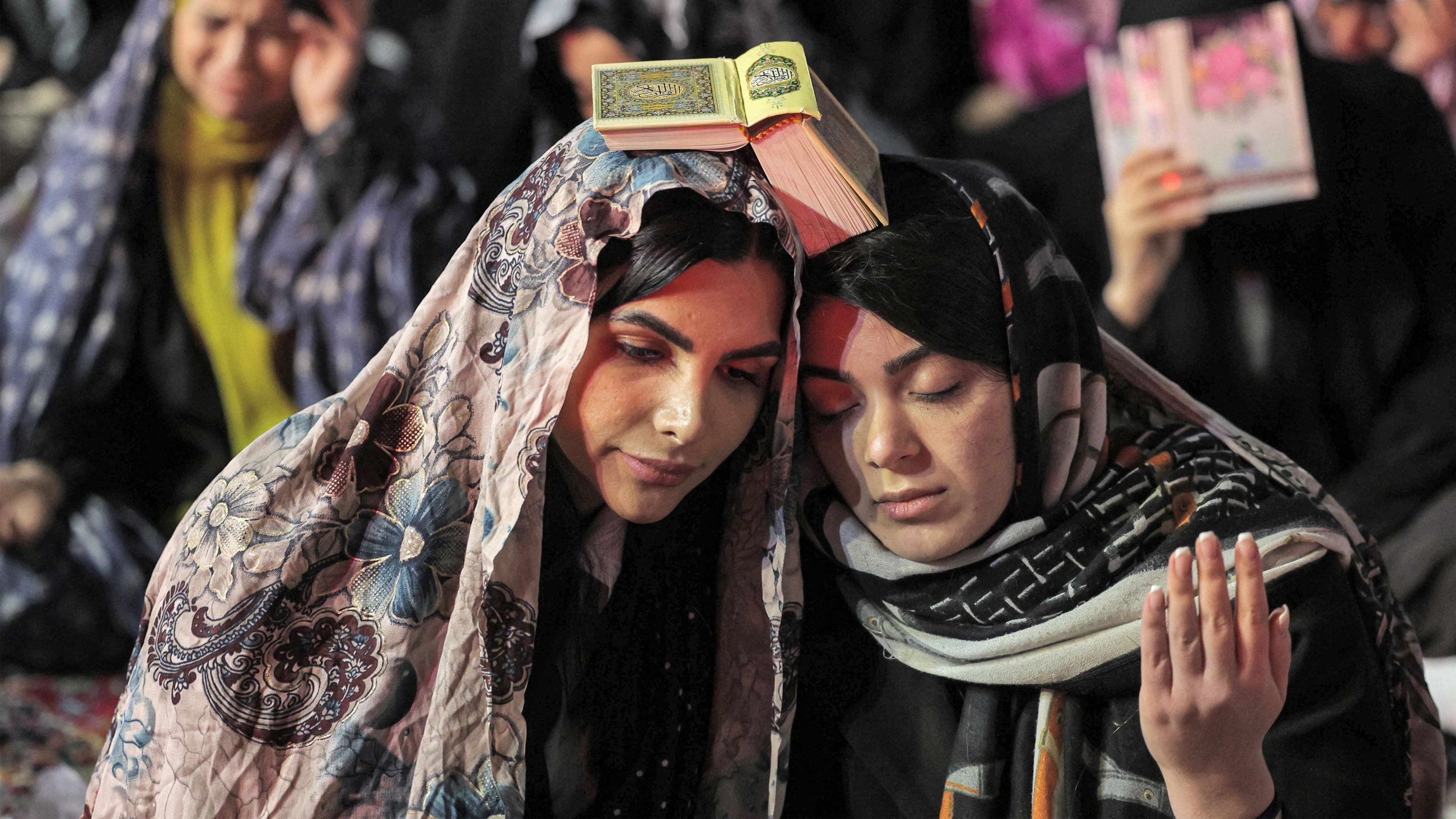
Women pray at the Imamzadeh Saleh mosque in the Iranian capital Tehran earlier in April. As Muslims believe any odd-numbered night during the last 10 days of Ramadan could be Laylat al-Qadr, there is a special emphasis on prayers during all those nights. (AFP/Atta Kenare)
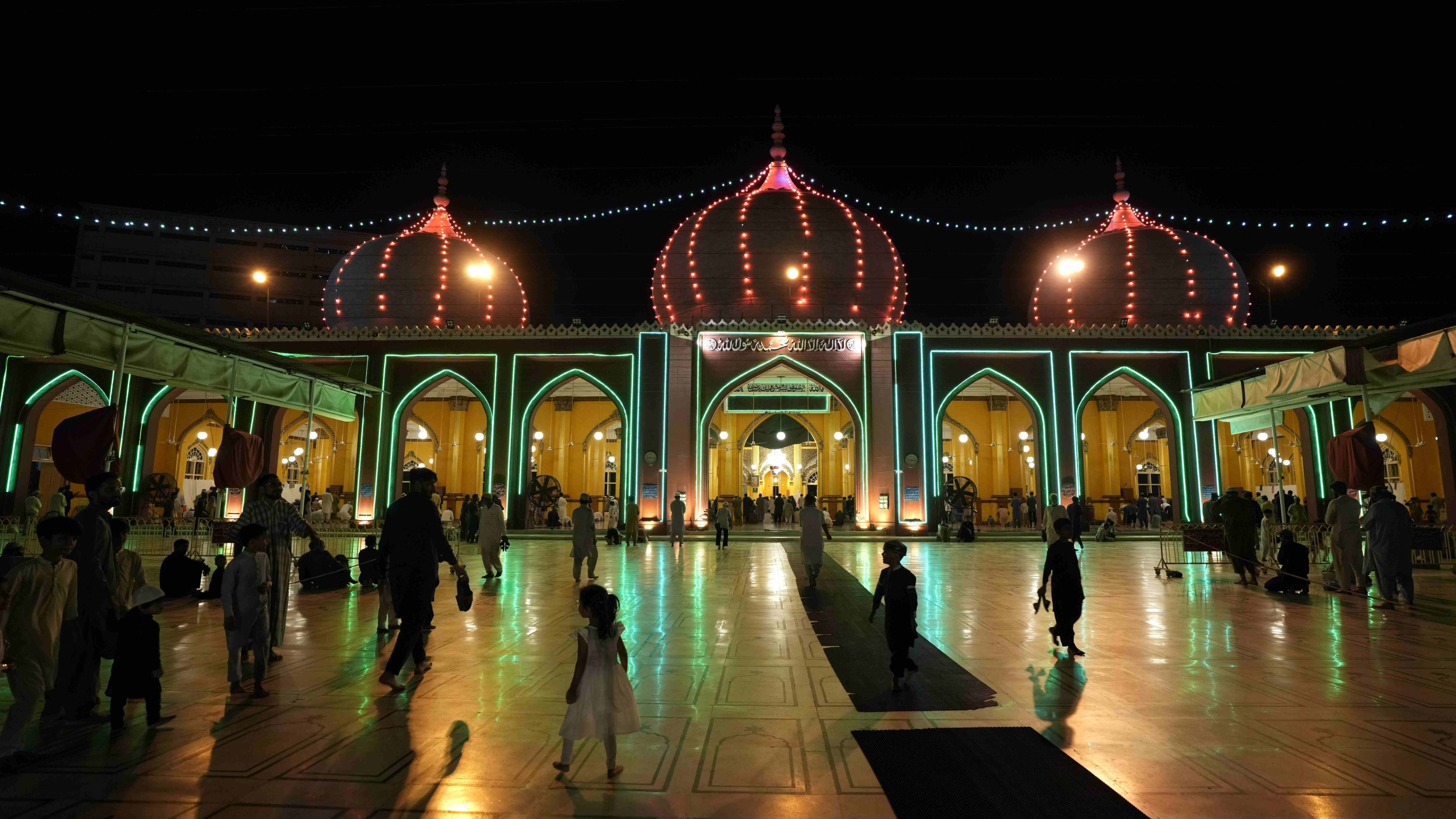
Worshippers attend a mosque in the Pakistani city of Karachi on Laylat al-Qadr. Muslims consider the night to be the holiest in the Islamic calendar. (AP Photo/Fareed Khan)

A worshipper reads the Quran on the morning of 18 April at the Amr ibn al-Aas mosque in the Egyptian capital, Cairo. (AP Photo/Amr Nabil)
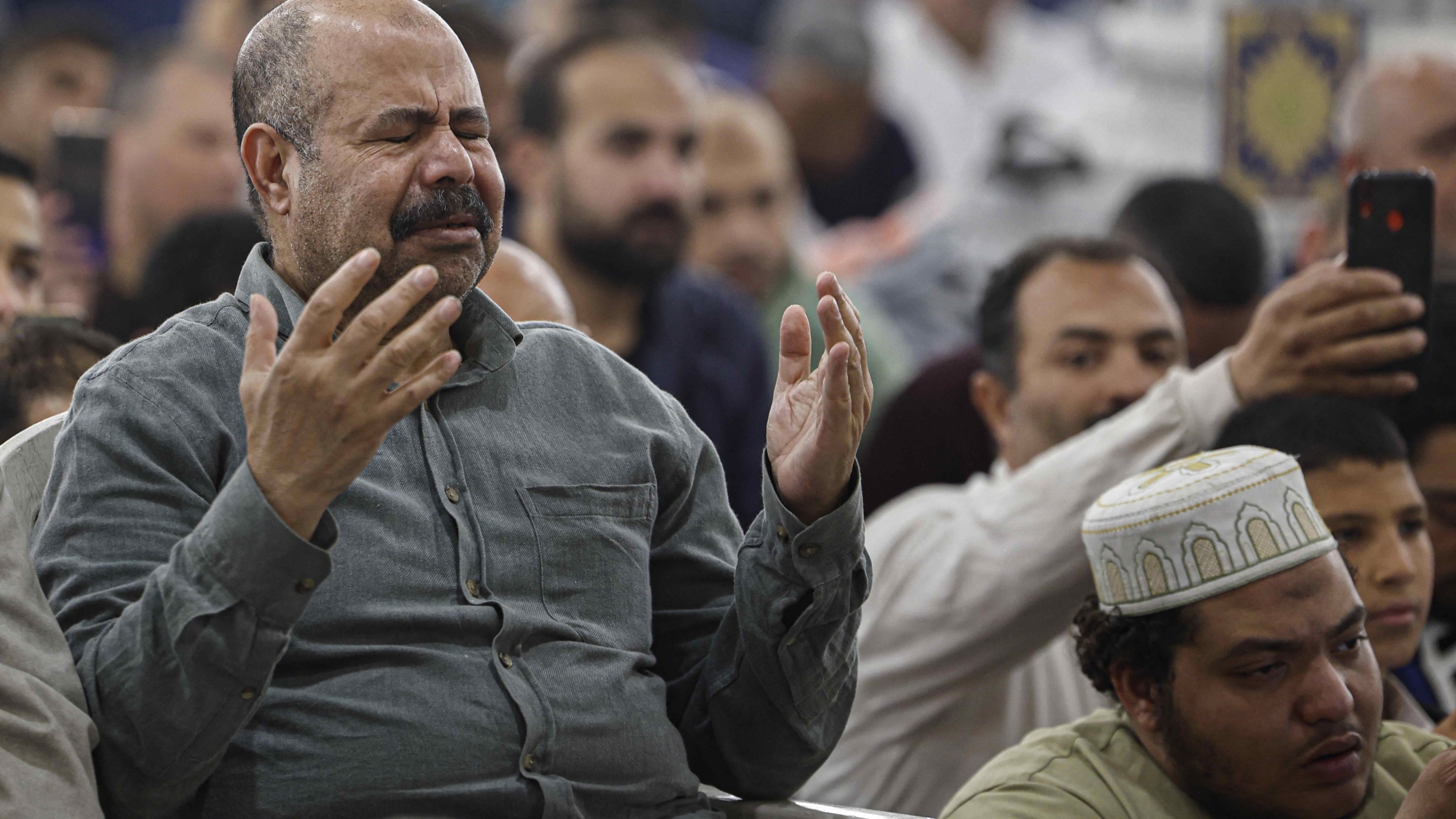
Worshippers pray at the Amr ibn al-Aas mosque in Cairo. Many Muslims spend the hours between sunset and sunrise on the 27th night of Ramadan at the mosque in prayer and meditation. (AFP/Khaled Desouki)

A man reads from the Quran during Laylat al-Qadr at the Sheikh Zayed Grand Mosque in the Emirati capital, Abu Dhabi. (AFP/Karim Sahib)
Middle East Eye delivers independent and unrivalled coverage and analysis of the Middle East, North Africa and beyond. To learn more about republishing this content and the associated fees, please fill out this form. More about MEE can be found here.


